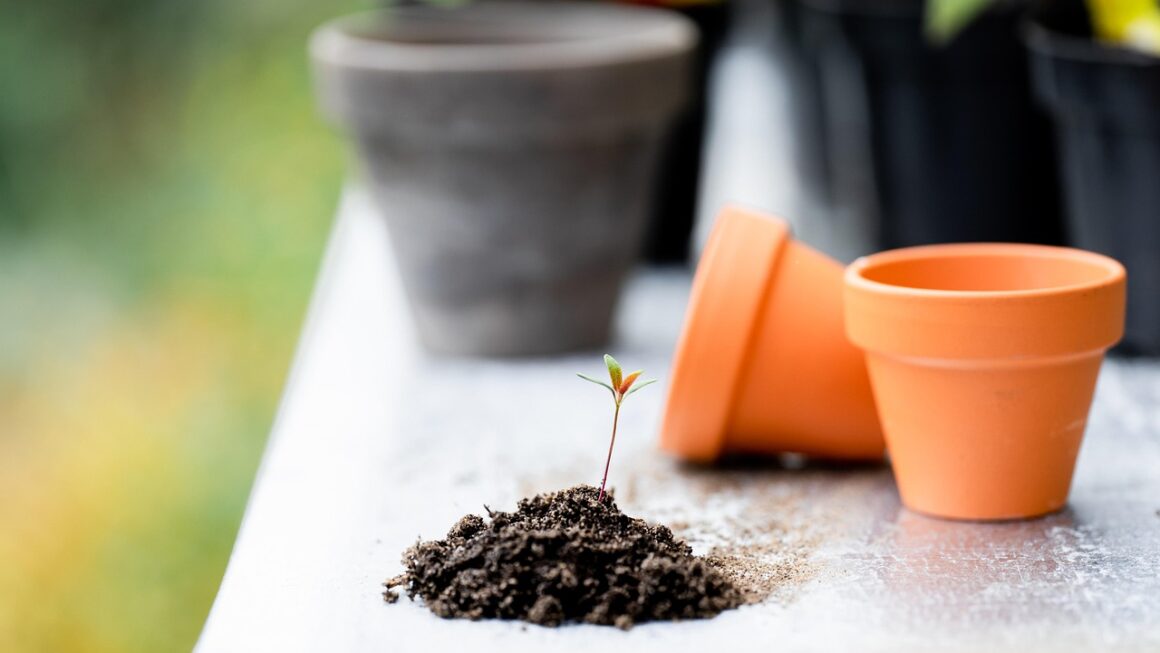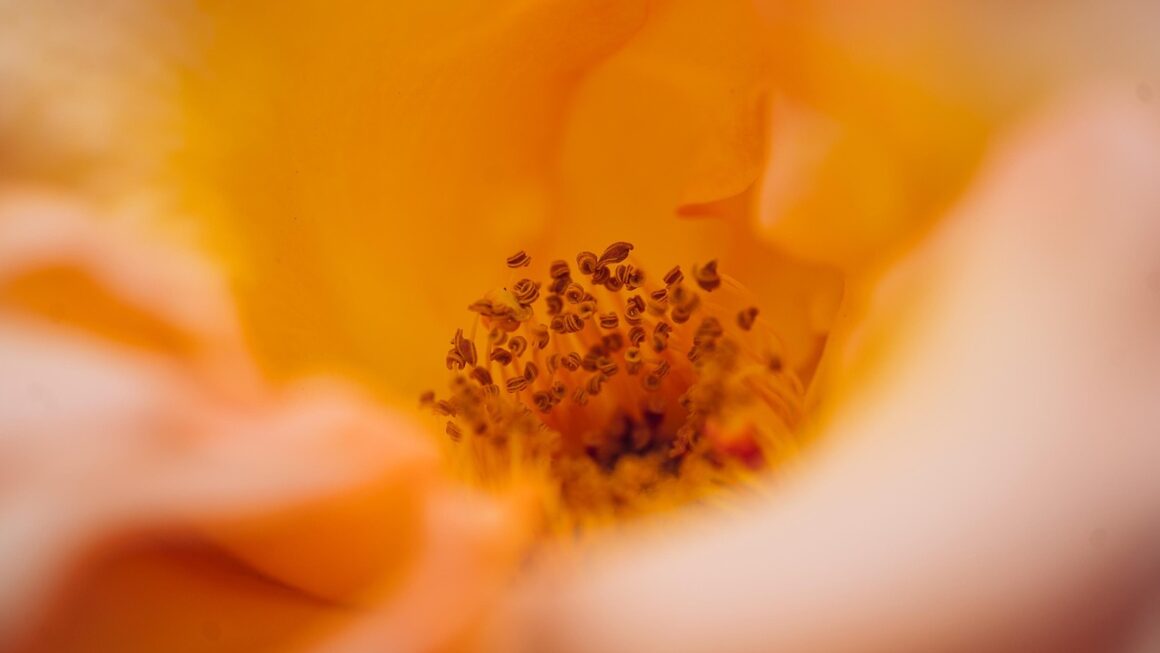Bringing the beauty of flowers into your home or garden is a delightful experience, but ensuring they thrive requires more than just a pretty vase or a sunny spot. From understanding the specific needs of different varieties to mastering the art of watering and pruning, flower care is a blend of science and intuition. This comprehensive guide will equip you with the knowledge and techniques to keep your flowers looking their best, longer.
Choosing the Right Flowers
Selecting the right flowers from the start is crucial for long-term success. Consider your climate, soil type, and the amount of sunlight your garden or home receives. Not all flowers are created equal; some are more adaptable and easier to care for than others.
Understanding Your Environment
Before you even think about planting or buying, assess your environment.
- Sunlight: Is your garden bathed in sunlight for most of the day, or is it mostly shaded? Flowers like sunflowers and zinnias thrive in full sun, while impatiens and begonias prefer shade.
- Soil Type: Is your soil sandy, clay-like, or loamy? Different flowers prefer different soil types. Consider amending your soil with compost or other organic matter to improve drainage and nutrient content.
- Climate: Are you in a region with hot summers and cold winters, or a more temperate climate? Choose flowers that are hardy in your specific zone. USDA plant hardiness zone maps are valuable resources.
Selecting Flower Varieties
Once you understand your environment, choose flowers that are well-suited to it.
- Easy-Care Options: For beginners, consider options like marigolds, petunias, and zinnias. These are generally low-maintenance and forgiving of minor mistakes.
- Consider Perennials vs. Annuals: Perennials come back year after year, while annuals need to be replanted each season. Perennials typically require more initial investment but less maintenance in the long run.
- Read the Labels: Pay close attention to the information on seed packets or plant tags. This will tell you important details about the flower’s specific needs, such as watering requirements and bloom time.
Watering Flowers Effectively
Water is essential for flower survival, but overwatering or underwatering are common mistakes. Proper watering techniques can significantly impact the health and longevity of your blooms.
Determining Watering Frequency
The frequency of watering depends on several factors:
- Flower Type: Some flowers, like succulents and cacti, are drought-tolerant and require infrequent watering. Others, like hydrangeas, need consistently moist soil.
- Climate: In hot, dry climates, you’ll need to water more frequently than in cooler, humid climates.
- Soil Type: Sandy soils drain quickly and require more frequent watering, while clay soils retain moisture for longer.
- Rule of Thumb: Generally, water when the top inch of soil feels dry to the touch.
Watering Techniques
- Water deeply and infrequently: This encourages deep root growth, making the plants more resilient to drought.
- Water at the base of the plant: Avoid wetting the foliage, as this can promote fungal diseases.
- Water in the morning: This gives the foliage time to dry before nightfall, reducing the risk of disease.
- Use a soaker hose or drip irrigation: These methods deliver water directly to the roots, minimizing water waste and reducing the risk of fungal diseases.
Example: A study by the University of California found that drip irrigation can reduce water usage by up to 50% compared to traditional watering methods.
Recognizing Overwatering and Underwatering
- Overwatering Signs: Yellowing leaves, wilting despite moist soil, root rot.
Action: Allow the soil to dry out completely before watering again. Improve drainage by adding compost or perlite to the soil.
- Underwatering Signs: Wilting leaves, dry and brittle foliage, stunted growth.
Action: Water deeply and thoroughly. Consider mulching around the plants to help retain moisture.
Providing Proper Nutrition
Flowers need nutrients to thrive and produce vibrant blooms. Fertilizing regularly can help ensure they get the essential elements they need.
Understanding Fertilizer Types
- Granular Fertilizers: These are slow-release and provide a steady supply of nutrients over time.
- Liquid Fertilizers: These are fast-acting and can be applied directly to the foliage or soil.
- Organic Fertilizers: These are made from natural sources, such as compost, manure, and bone meal. They are environmentally friendly and can improve soil health.
- NPK Ratio: Fertilizers are labeled with an NPK ratio, which indicates the percentage of nitrogen (N), phosphorus (P), and potassium (K) they contain. Nitrogen promotes foliage growth, phosphorus promotes root development and flowering, and potassium contributes to overall plant health.
Fertilizing Strategies
- Start with a soil test: This will tell you which nutrients are lacking in your soil and help you choose the right fertilizer.
- Follow the instructions on the fertilizer label: Applying too much fertilizer can damage or kill your plants.
- Fertilize during the growing season: This is when flowers need the most nutrients.
- Avoid fertilizing during dormancy: When plants are dormant, they don’t need as many nutrients.
Example: Roses benefit from a balanced fertilizer (e.g., 10-10-10) applied in early spring, followed by a fertilizer higher in phosphorus (e.g., 15-30-15) after the first flush of blooms.
Recognizing Nutrient Deficiencies
- Nitrogen Deficiency: Yellowing of older leaves.
Action: Apply a fertilizer high in nitrogen.
- Phosphorus Deficiency: Stunted growth, dark green leaves with purple tinges.
Action: Apply a fertilizer high in phosphorus.
- Potassium Deficiency: Yellowing or browning of leaf edges.
Action: Apply a fertilizer high in potassium.
Pruning and Deadheading
Pruning and deadheading are essential for maintaining the health and appearance of your flowers. These practices encourage new growth, promote more blooms, and prevent diseases.
Pruning Techniques
- Remove dead, damaged, or diseased stems: This helps prevent the spread of disease and encourages new growth.
- Thin out crowded stems: This improves air circulation and reduces the risk of fungal diseases.
- Shape the plant: Pruning can help maintain the desired shape and size of the plant.
- Use sharp, clean tools: This prevents the spread of disease and makes clean cuts that heal quickly.
Example: Hydrangeas should be pruned differently depending on whether they bloom on old wood or new wood. Knowing the variety is critical.
Deadheading Techniques
- Remove faded or spent flowers: This encourages the plant to produce more blooms instead of focusing on seed production.
- Cut the stem just below the flower head: This will encourage new growth from the nodes below.
- Deadhead regularly: This will keep your plants looking their best and promote continuous blooming.
Benefits of Pruning and Deadheading
- Encourages New Growth: Removing spent flowers and dead stems stimulates the plant to produce new growth and more blooms.
- Promotes More Blooms: By preventing seed production, deadheading directs the plant’s energy towards producing more flowers.
- Prevents Diseases: Removing dead and diseased stems prevents the spread of disease and keeps your plants healthy.
- Improves Appearance: Pruning and deadheading can help maintain the desired shape and size of the plant, keeping it looking its best.
Protecting Against Pests and Diseases
Pests and diseases can wreak havoc on your flowers, causing damage, stunted growth, and even death. Taking preventative measures and addressing problems early is crucial for protecting your plants.
Common Flower Pests
- Aphids: Small, soft-bodied insects that suck sap from plants.
- Spider Mites: Tiny pests that create webs on plants and cause the leaves to become mottled and yellow.
- Whiteflies: Small, white, fly-like insects that suck sap from plants.
- Slugs and Snails: Mollusks that feed on leaves and flowers.
Common Flower Diseases
- Powdery Mildew: A fungal disease that causes a white, powdery coating on leaves and stems.
- Black Spot: A fungal disease that causes black spots on leaves.
- Root Rot: A fungal disease that causes the roots to rot and the plant to die.
Prevention and Treatment Strategies
- Inspect plants regularly: Look for signs of pests or diseases early on.
- Provide good air circulation: This helps prevent fungal diseases.
- Water at the base of the plant: Avoid wetting the foliage, as this can promote fungal diseases.
- Use organic pest control methods: Such as insecticidal soap, neem oil, and diatomaceous earth.
- Remove diseased plant material: This prevents the spread of disease.
- Use fungicides: As a last resort, if other methods fail.
* Example: Introducing beneficial insects like ladybugs can help control aphid populations naturally.
Conclusion
Mastering the art of flower care involves a blend of understanding your plants’ specific needs and employing consistent, proactive techniques. By choosing the right varieties, watering effectively, providing proper nutrition, pruning regularly, and protecting against pests and diseases, you can create a thriving garden or indoor display that brings joy and beauty to your life. Remember that observation is key – paying attention to the subtle cues your flowers give you will help you fine-tune your care routine and ensure their long-term health and vibrancy.




